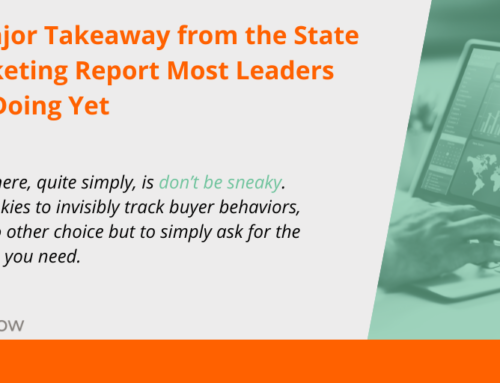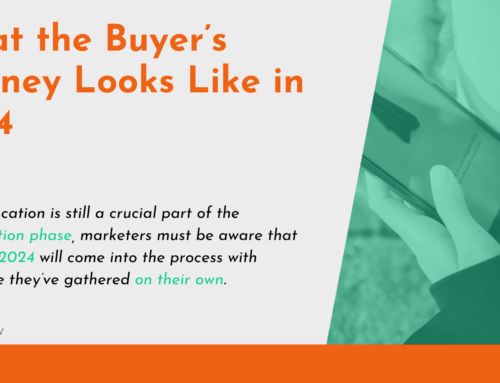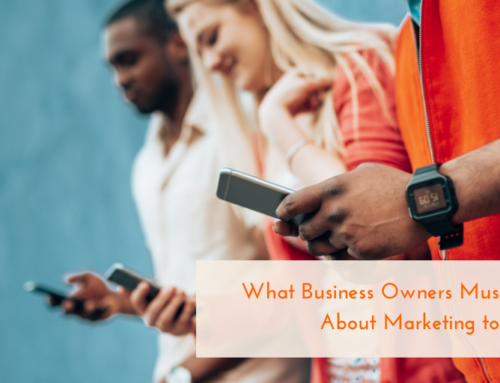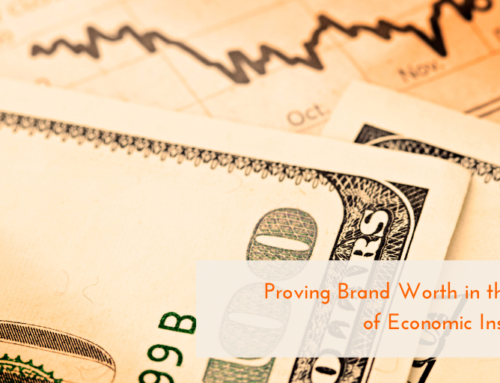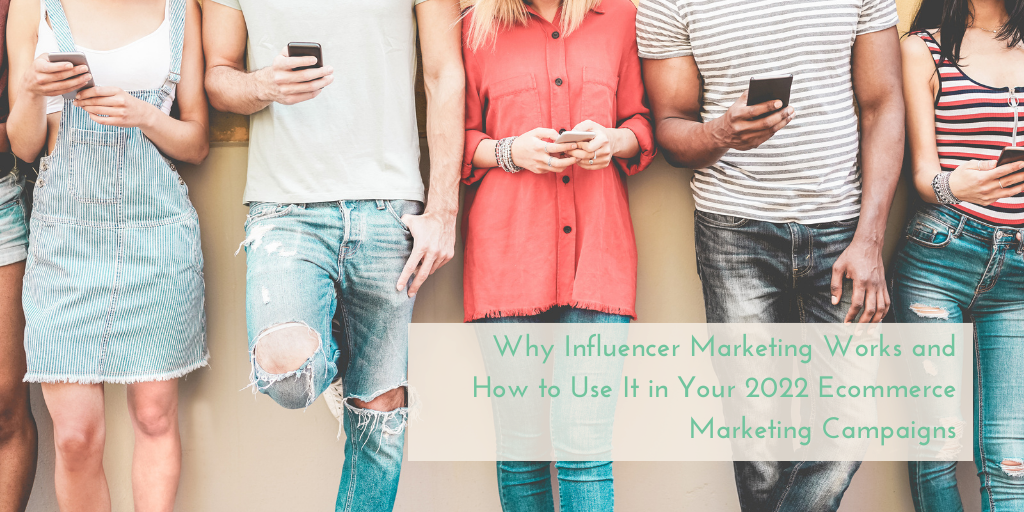
Influencer marketing is nothing new, though for decades it was known as endorsements. The difference between the endorsements of yesteryear and today’s influencer marketing is that celebrity status is no longer necessary to reach wide audiences. In fact, the latest statistics prove that micro- and nano-influencers get better engagement on their promotional posts than celebrities, though their follower numbers may be smaller.
Ecommerce brands find influencer marketing is a perfect fit, with more than 50% choosing influencer campaigns as part of their overall marketing strategy. How is influencer marketing so effective, and what exactly makes it such a perfect match for ecommerce? Let’s dig a little to find out.
Consumers Trust Word of Mouth
Word-of-mouth marketing is, and always will be, the most powerful marketing available. According to studies, 92% of people trust recommendations from friends and family more than any other type of marketing.
While influencer marketing isn’t exactly word-of-mouth marketing, it does bear some resemblance. Because of parasocial interactions, audiences can sometimes begin to feel a kinship with notable people on television and online platforms. This is the key that has made ecommerce influencer marketing—and those brand endorsements of the past—a viable marketing option. And not just viable—truly powerful. It’s because of these parasocial interactions that 61% of consumers trust influencer marketing—much greater than the 38% that trust branded content.
Nano-Influencers Are the Sweet Spot
While consumers may feel a certain kinship with notable personalities online, it seems the smaller communities do tend to spark higher engagement rates. This could be because the fewer the people in that community, the stronger the ties those consumers feel to the figure leading that group. For instance, in 2020, the average engagement rate for influencer marketing as a whole was 2.2%. Nano-influencers, however, experienced 5% engagement. The second highest engagement rate is among micro-influencers at 1.7%, so we can see that the enormous sway nano-influencers have over their followers actually drives up the overall average.
The Difference Between Influencers Groups
If you’re not sure yet what micro-and nano-influencers are, that’s okay. Here’s a handy guide to keep in mind:
- Nano-influencers have 1,000 to 5,000 followers
- Micro-influencers have 5,000 to 20,000 followers
- Power or mid-tier influencers have 20,000 to 100,000 followers
- Mega-influencers have 100,000 to 1 million followers
- Celebrities have more than 1 million followers
Sure, celebrities and mega-influencers offer the opportunity to reach a wider audience, but if that audience isn’t paying attention, is it worth the investment?
Additional Benefits of Working with Smaller Influencers
The engagement rate isn’t the only benefit ecommerce brands have when working with nano-and micro-influencers. These online personalities with smaller followings tend to charge a fraction of the cost per post than their mega-influencer and celebrity influencer counterparts. That’s why 77% of marketers prefer to work with micro-influencers over celebrity and mega-influencers.
Reaching Each Generation with Influencer Marketing
Baby Boomers
Not only are Baby Boomers more technologically savvy that many marketers give them credit for, 52% of consumers from this generation base their buying decisions on reviews they find online. That review may very well have come from an influencer. Add to that the fact that Baby Boomers are responsible for 59% of online purchases, and you can see why reaching them with influencer marketing is a solid idea.
In fact, Baby Boomers are the latest influencer craze, with many over the age of 65 earning the moniker “granfluencer.” By working with Baby Boomer influencers to reach other buyers from this generation, you could get a very large piece of the $2.6 trillion this generation spends each year.
Generation X
Generation X is often left out when devising marketing strategies, which is a shame. After all, they’re the original social media creators and users. Gen X grew up during a time of financial stability in the United States, which leads them to be a bit more nostalgic about days gone by than other generations.
Influencer marketing that taps into this nostalgia could help you sell more. Studies show that the nostalgia effect is strong, with many consumers willing to pay more for products advertised with nostalgic messaging.
Millennials
Most closely associated with the term “influencer marketing,” Millennials do tend to engage more with influencers and experience the parasocial interaction phenomenon mentioned earlier. In addition to taking advantage of those connections Millennials tend to feel, smart campaigns will also promote social good. Millennials tend to be affected by the Noble Edge, which means they’re likely to pay more money for something they deem socially responsible.
Generation Z
When it comes to ecommerce influencer marketing, Generation Z is where you’ll really get the most bang for your buck. Generation Z has even less regard for traditional marketing tactics than any generation before it. What really sets them apart from other cohorts is their resistance to one-size-fits-all marketing. Thoughtful segmenting and targeting are very necessary in order to reach the right audience, which has separated itself into something they call tribes. It’s the perfect opportunity to use nano-influencer strategies.
To develop influencer marketing strategies for your ecommerce brand, these tips can certainly help. And so can we, so reach out when you’re ready to chat.

